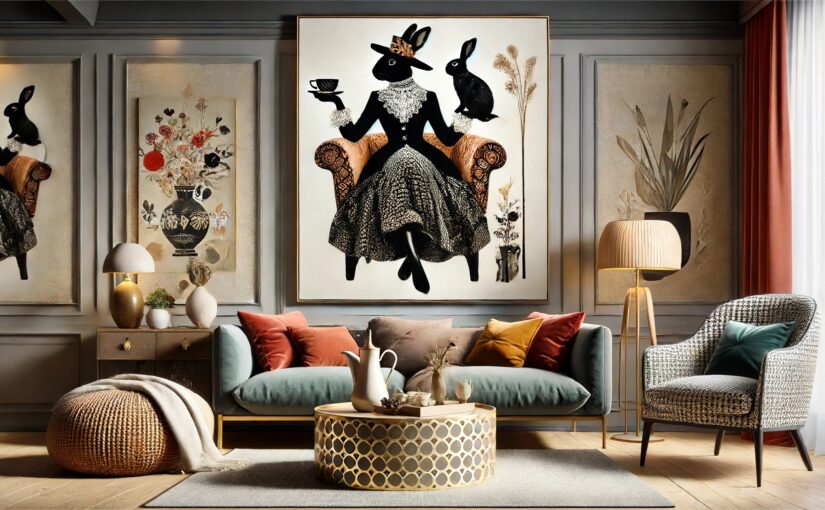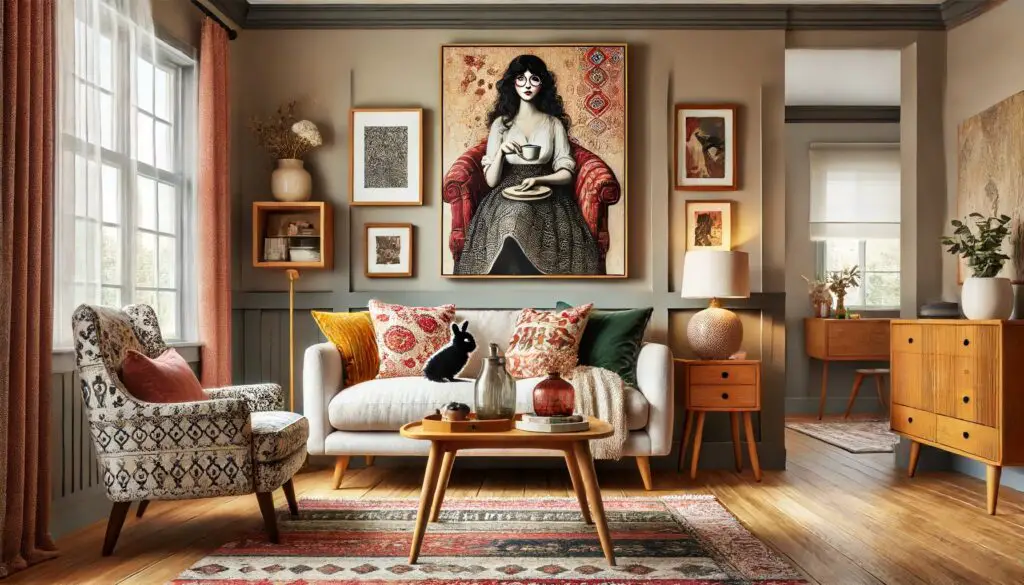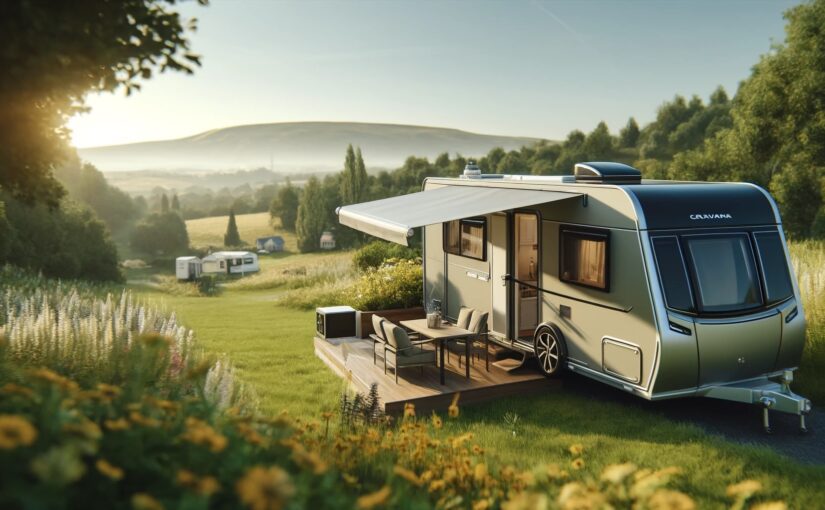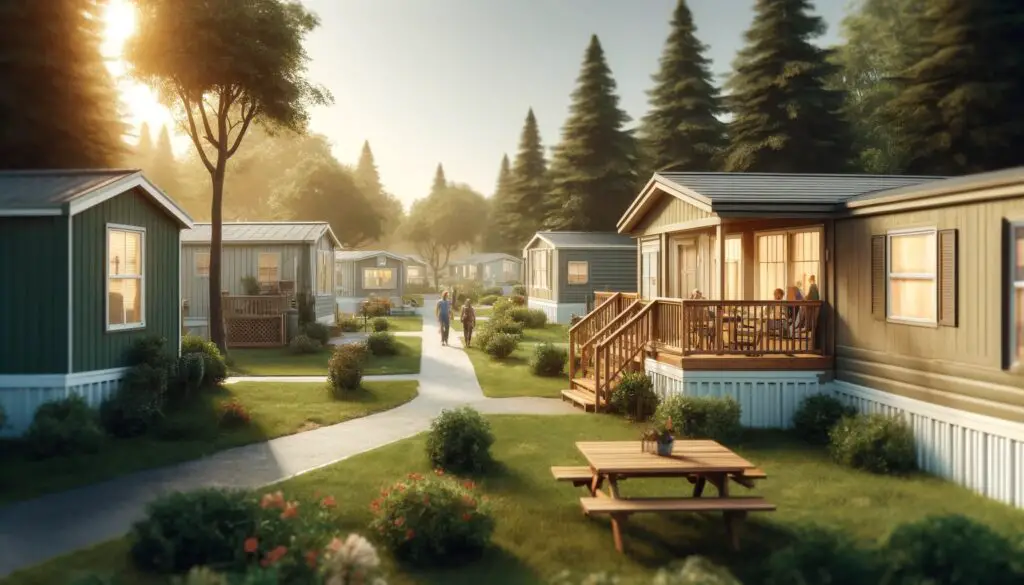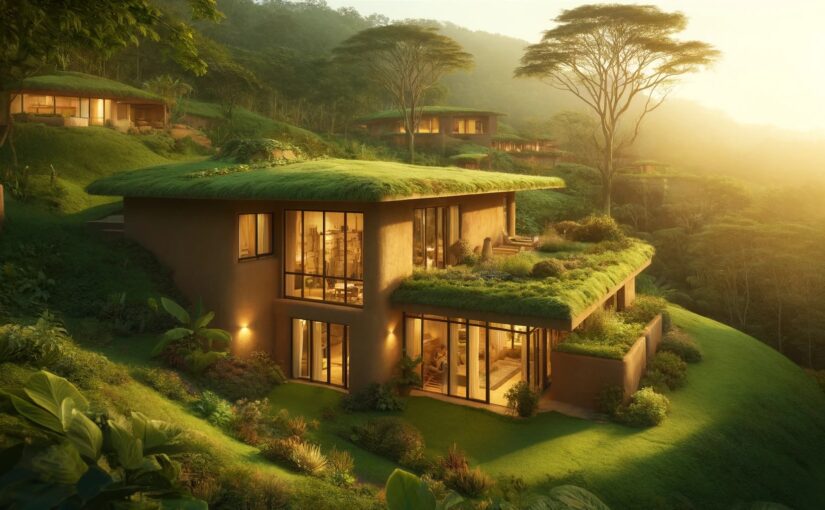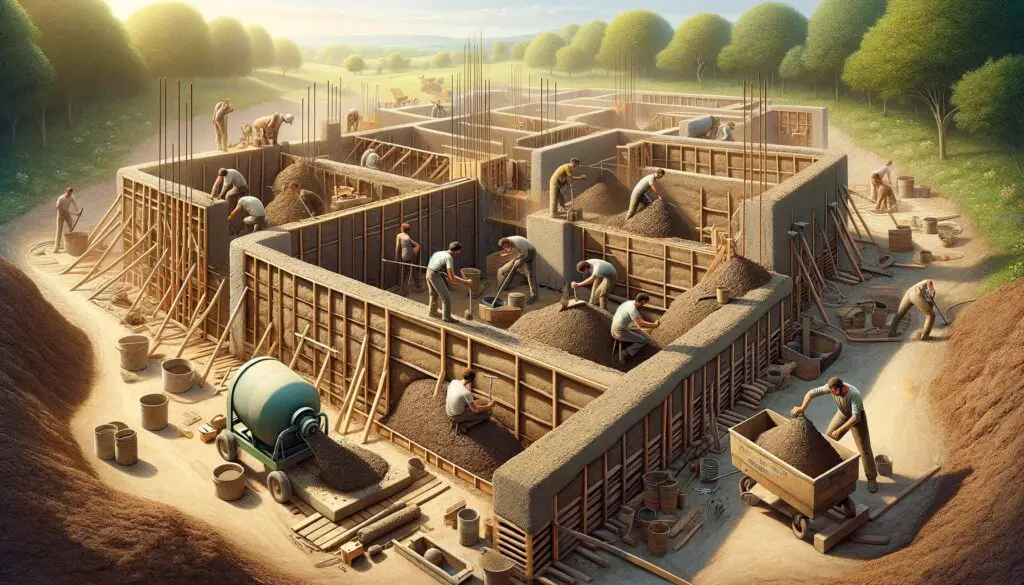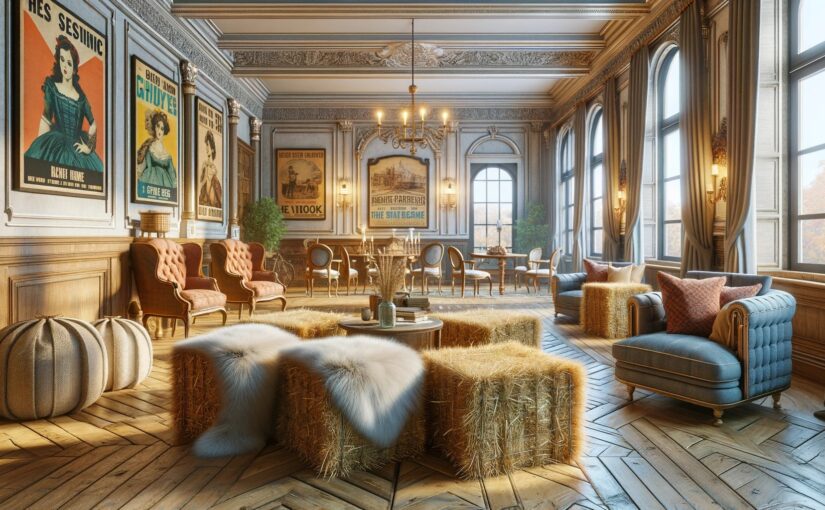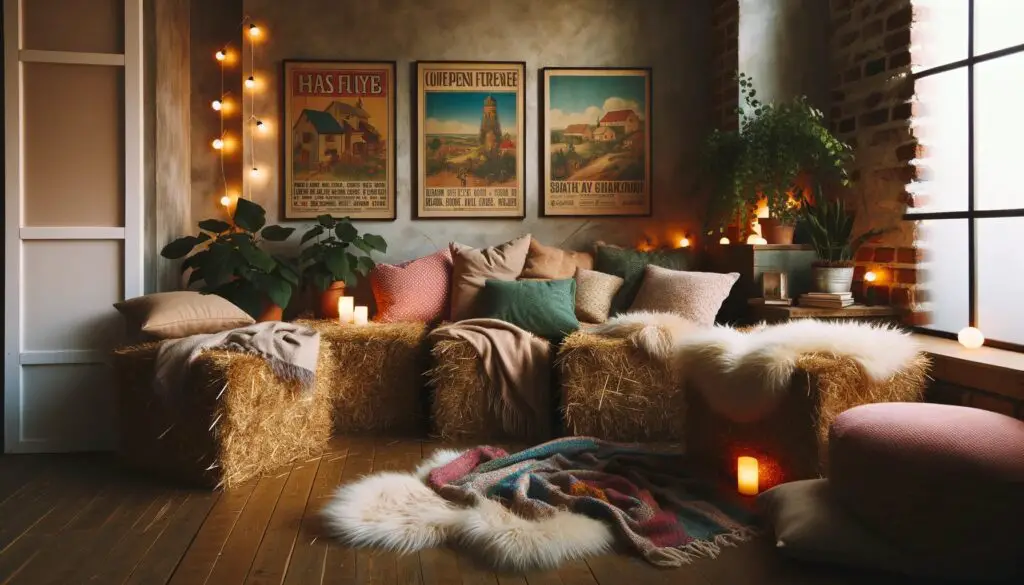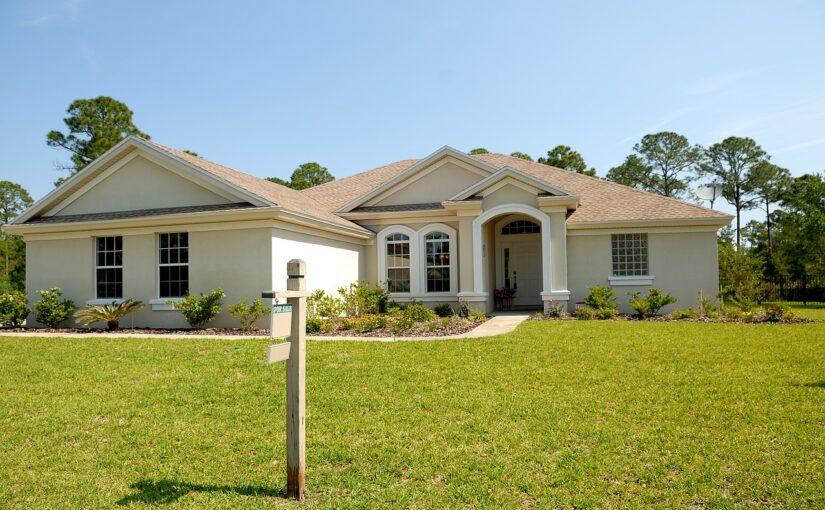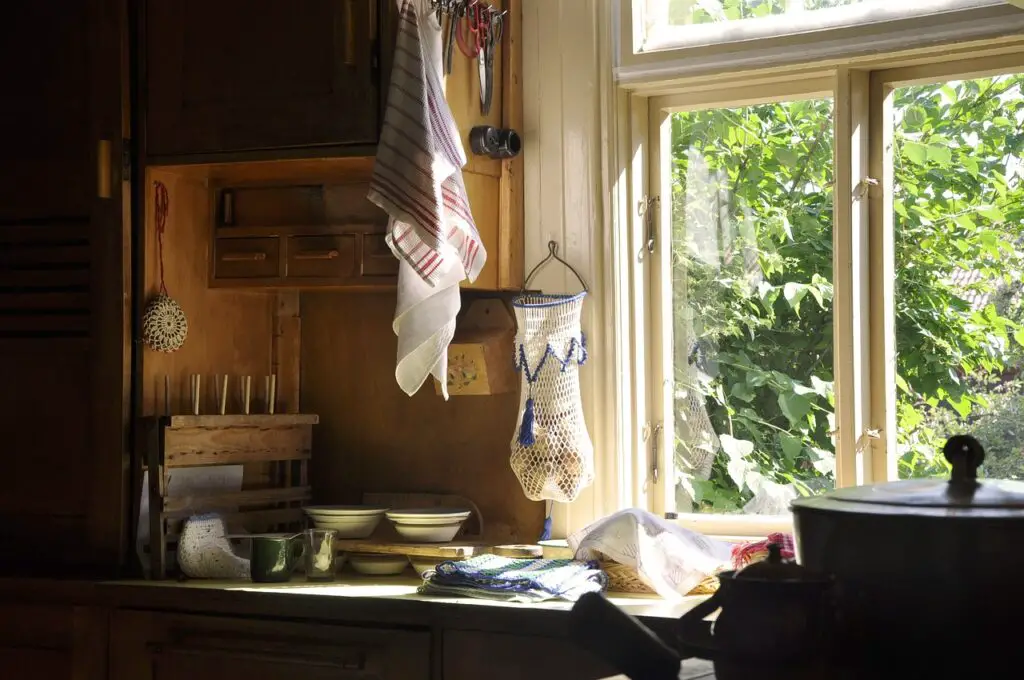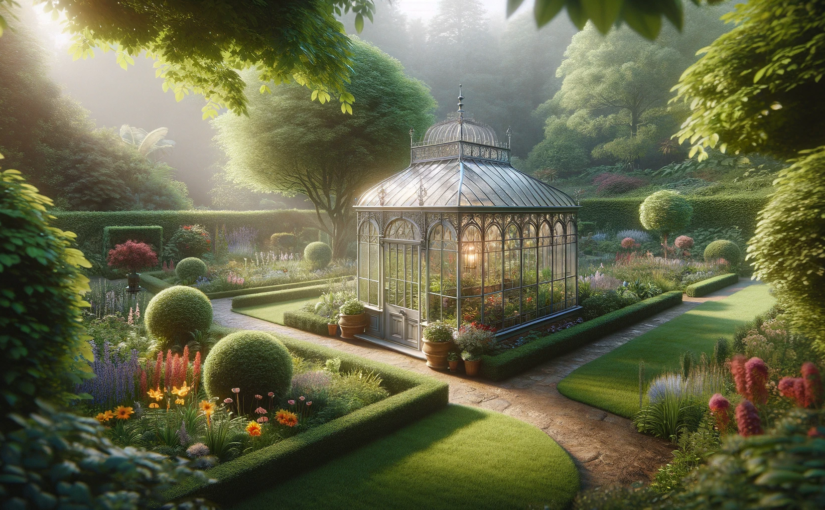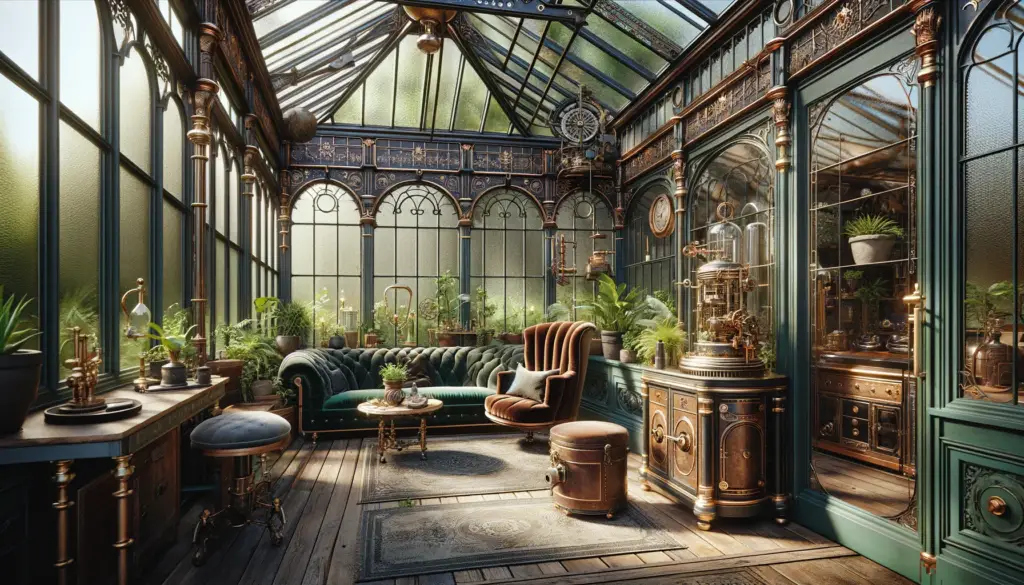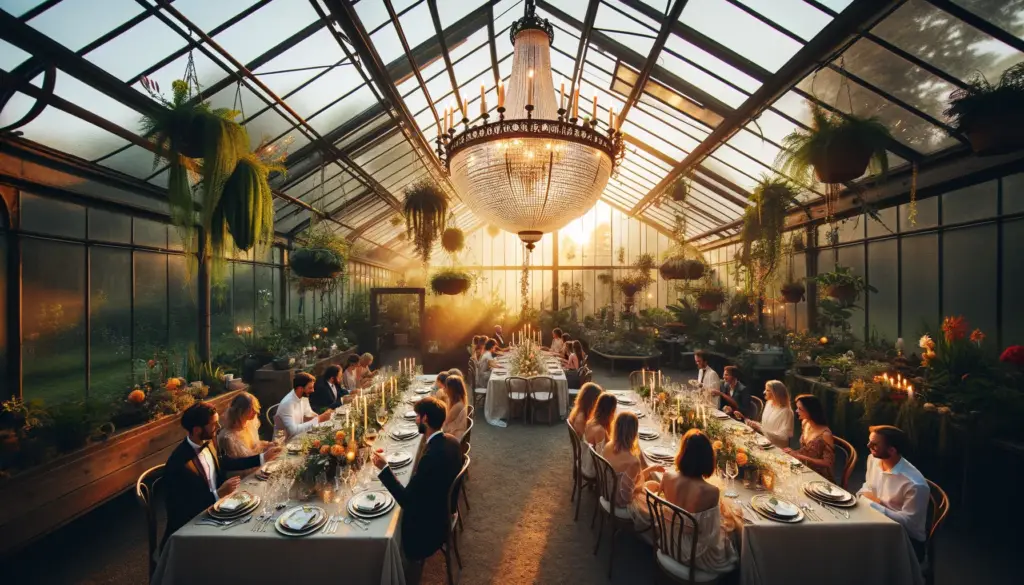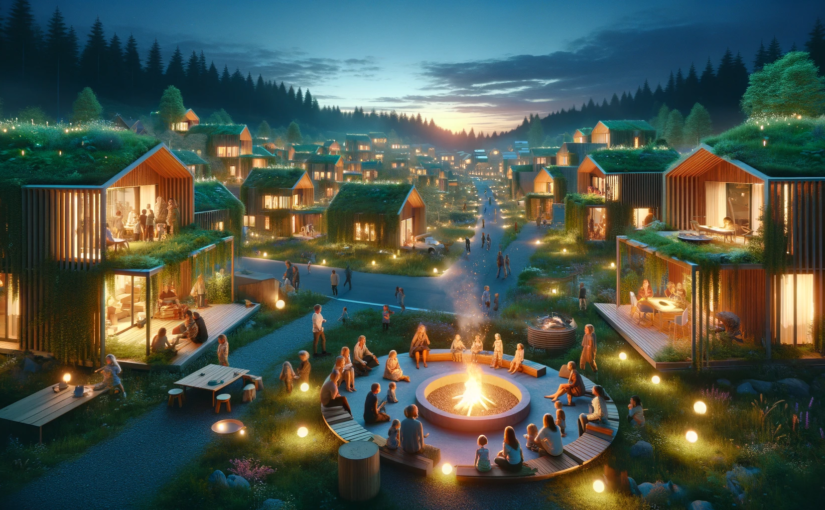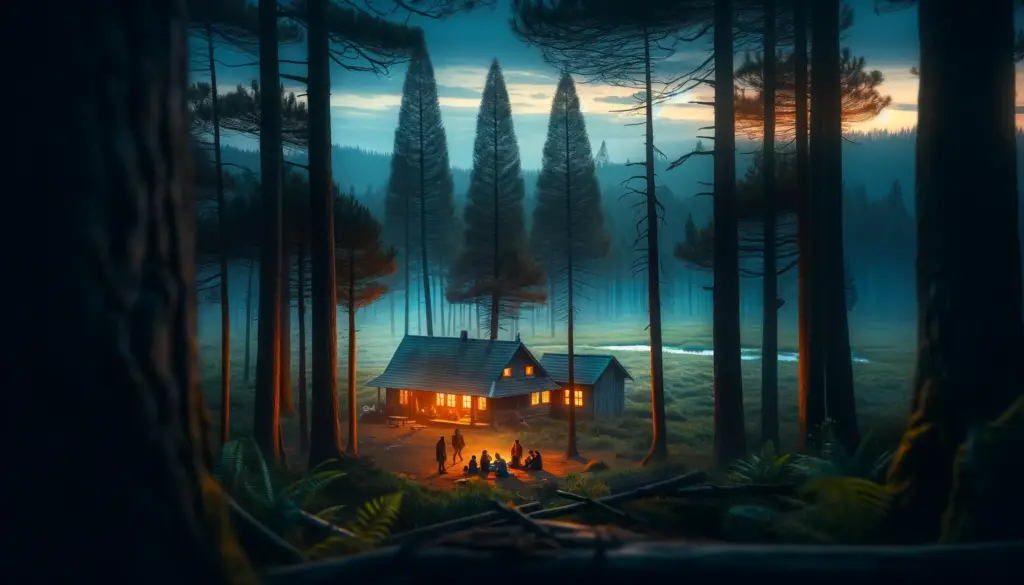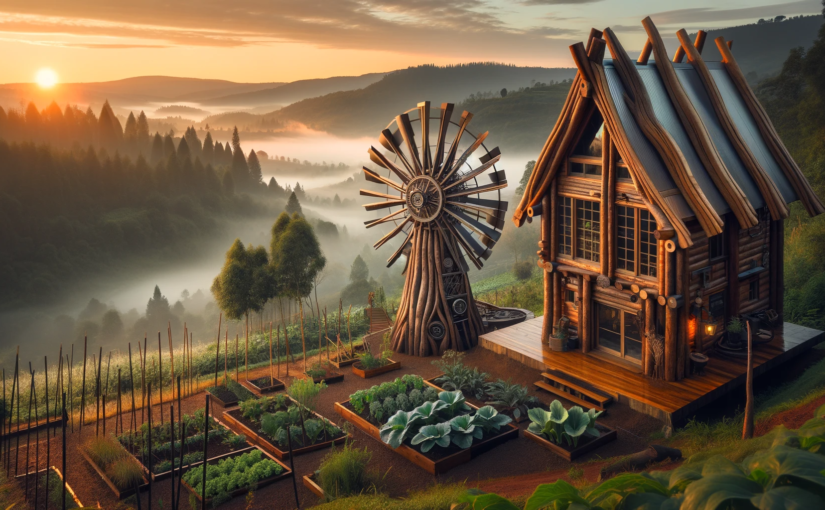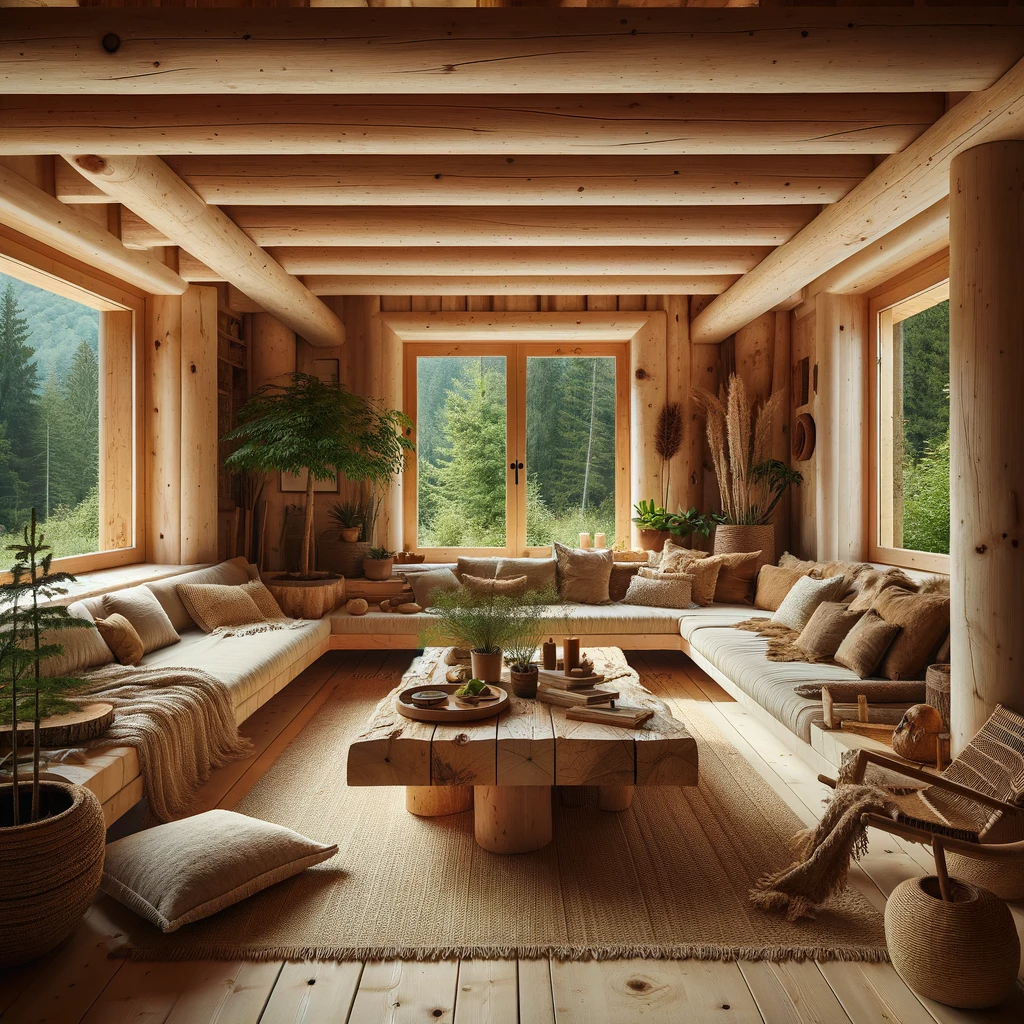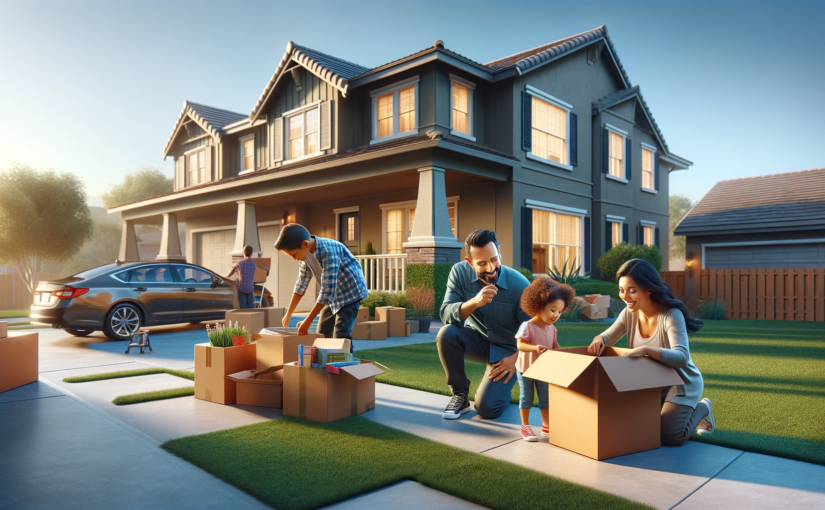When we think of architecture, images of grand skyscrapers or sprawling suburban homes might come to mind. However, there’s a fascinating and often overlooked style of building that tells a story of resourcefulness and adaptability: the “urban poor” architecture, characterized by slim but tall houses.
A Tale of Urban Planning—or Lack Thereof
In many cities around the world, especially in the past, urban planning was a luxury that not everyone could afford. As cities grew organically, the available land often came in quirky shapes and sizes, leading to some creative architectural solutions. Enter the tall, slim house—a clever response to narrow plots of land.
Informal Settlements and Adaptive Architecture
The term “urban poor” in architecture often refers to the informal, substandard housing that emerges due to rapid urbanization and lack of proper urban planning. These homes are typically found in densely populated areas and are characterized by resourcefulness and adaptation to limited space and materials. Examples include the favelas of Brazil and the shantytowns of many developing countries, where residents build incrementally as resources become available, using whatever materials they can find (Kim Dovey) (World Scientific).
The Skinny on Slim Houses
Imagine a house so narrow that you could almost stretch your arms and touch both walls. Now imagine that house stretching upward, sometimes three or four stories high. This is the essence of the slim, tall house. These buildings are typically just a few meters wide, but they maximize vertical space to provide ample living areas.
Courtyards: The Heart of the Home
Despite their narrow fronts, many of these houses open up into charming courtyards. These open spaces bring light and air into the home, creating a pleasant living environment. Often, these courtyards are lush with plants, offering a serene escape from the bustling city outside.
Urban Poor: A House Behind a House
One of the most intriguing aspects of these homes is the layout. Often, a slim house at the front of a lot leads to a courtyard, and then another house at the back. This pattern can repeat, with multiple homes sharing the same plot of land. This design was practical in densely populated areas with limited road access, allowing families to stay close to each other while making the most of their available space.
Modern Examples and Enduring Appeal
Today, you can still find examples of these slim, tall houses in cities around the world. In Hanoi, Vietnam, the “tube houses” rise like slender pillars between their neighbors. In Japan, kyosho jutaku (ultra-small homes) have gained popularity as a stylish and efficient solution to urban living.
These homes are not just relics of the past; they continue to inspire modern architecture. Their efficient use of space, coupled with their unique aesthetic, makes them a smart choice in today’s crowded cities. Architects draw on the principles of these traditional homes to create innovative and sustainable designs.
Why We Love Them
There’s something inherently charming about these tall, slim houses. They tell stories of families making the most of what they have, of communities living closely together, and of architectural ingenuity overcoming spatial limitations. They remind us that with a bit of creativity, even the narrowest plot of land can become a cozy, welcoming home.
Sustainable Development and Participatory Design
Efforts to improve living conditions for the urban poor include upgrading programs that provide infrastructure and affordable housing initiatives. These approaches often involve residents in the planning and design process to ensure their needs are met and to integrate informal settlements into the formal city structure (Kim Dovey) (World Scientific).
Conclusion: Urban Poor
The “urban poor” architecture of slim, tall houses is a testament to human adaptability and resourcefulness. These homes, born out of necessity, have become a beloved part of the urban landscape. They stand as proof that great things can come in small—and tall—packages. So, next time you stroll through a city, keep an eye out for these architectural gems. They might be slim, but they’re bursting with history and charm.
Sources
- Dovey, Kim, et al. “Informal Settlement Upgrading and the Tyranny of Participation.” Urban Studies, 2012. Available at: Place Research
- Neuwirth, Robert. “Shadow Cities: A Billion Squatters, A New Urban World.” Routledge, 2006. Available at: Google Books
- Perlman, Janice. “Favela: Four Decades of Living on the Edge in Rio de Janeiro.” Oxford University Press, 2010. Available at: Oxford University Press

